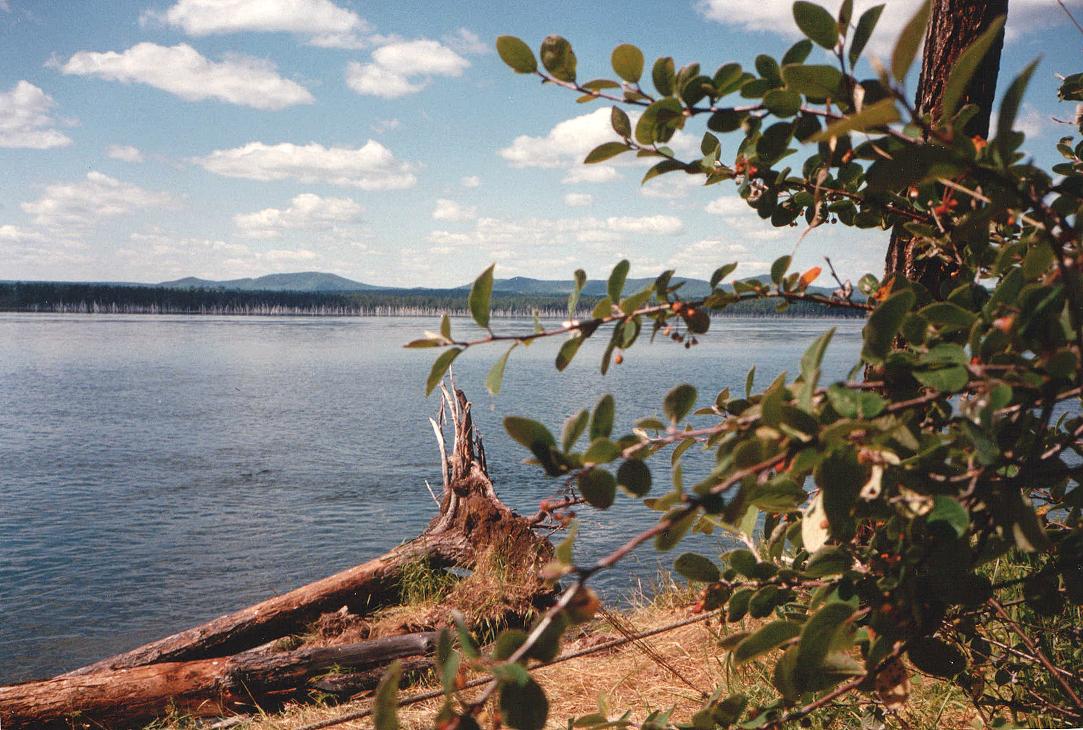Angara River

Nestled amidst the vast expanse of Siberia, the Angara River flows with silent grace, weaving through the fabric of time and culture. For millennia, this mighty waterway has served as more than just a source of sustenance and transportation—it has been a symbol of cultural heritage, spiritual significance, and communal identity for the peoples of Siberia. It is one of the primary tributaries of the mighty Yenisei River. In this in-depth exploration, we delve into the rich tapestry of traditions, beliefs, and customs that make the Angara River culturally important, uncovering the timeless connections between humanity and the flowing waters of Siberia’s heartland.
Ancient Roots and Indigenous Traditions:
The cultural importance of the Angara River can be traced back to ancient times, when indigenous tribes such as the Buryats, Evenks, and Yakuts inhabited the lands along its banks. For these peoples, the river was more than just a physical feature—it was a sacred lifeline, revered for its life-giving waters and spiritual significance.
Among the Buryats, one of the largest indigenous groups in Siberia, the Angara River holds special importance as a symbol of cultural identity and connection to the land. Traditional rituals and ceremonies, such as shamanic practices and water offerings, reflect the deep spiritual bond between the Buryats and the river that sustains them.
Similarly, the Evenks, nomadic reindeer herders who roam the vast taiga of Siberia, view the Angara River as a vital resource and cultural landmark. Their oral traditions and folklore are rich with stories of the river’s origins, its mythical inhabitants, and its role in shaping the natural and cultural landscape of Siberia.
Russian Influence and Imperial Legacies:
With the arrival of Russian explorers and settlers in the 17th century, the cultural significance of the Angara River took on new dimensions, as the region became part of the expanding Russian Empire. Russian Orthodox Christianity, introduced by missionaries and priests, coexisted alongside indigenous beliefs and practices, influencing the cultural fabric of Siberia.
The city of Irkutsk, founded in 1661 on the banks of the Angara, became a center of Russian colonial administration, trade, and culture in Siberia. Its architectural landmarks, such as the Kazan Church and the Decembrist Museum, bear witness to the legacy of Russian influence in the region.
During the Soviet era, the Angara River Basin experienced rapid industrialization and urbanization, as the Communist government sought to harness the region’s resources for economic development. While this period brought significant changes to Siberia’s cultural landscape, it also sparked a renewed interest in preserving the region’s cultural heritage and traditions.
Contemporary Revival and Cultural Preservation:
In recent years, there has been a growing movement to revitalize and preserve the cultural heritage of the Angara River Basin, driven by local communities, indigenous organizations, and cultural institutions. Efforts to document oral histories, safeguard traditional knowledge, and promote cultural tourism have gained momentum, as people seek to reconnect with their roots and preserve their heritage for future generations.
One example of this cultural revival is the annual Baikal Mile Festival, held along the shores of Lake Baikal and the Angara. This celebration of Siberian culture features traditional music, dance, crafts, and cuisine, providing a platform for indigenous artists and performers to showcase their talents and share their heritage with the world.
Conclusion:
In conclusion, the Angara River holds a special place in the hearts and minds of the peoples of Siberia, serving as a timeless symbol of cultural identity, spiritual significance, and communal unity. From ancient traditions and indigenous beliefs to Russian influences and contemporary revival efforts, the cultural importance of the Angara continues to evolve and endure, enriching the lives of those who call its banks home. As we journey through the cultural landscape of Siberia’s heartland, let us embrace the diverse tapestry of traditions, beliefs, and customs that make the Angara a truly unique and cherished treasure of humanity’s heritage.
Know More about the Angara River.
What are The Religious Places of the Angara River?
When Did The Angara River Basin Become a Focus?
Where is The Angara River Located?
Who Were The Key Historical Figures and Civilizations of The Angara River?
How to Reach Angara River?




